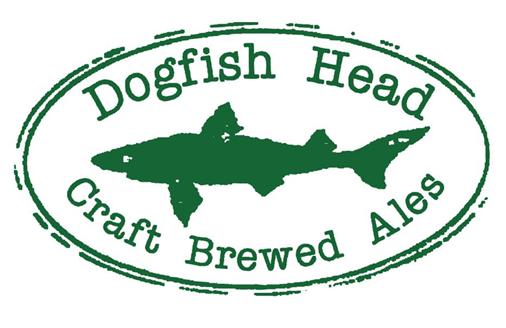
Dogfish Head put together a great article on how to properly age a beer. Personally, I rarely age bottles. I have a few that I’m saving for that special occasion, but the predominate amount of beer I buy is drank within a short time period. That being said, I was glad to find this article as it gave me some good points on what to do with the few beers I’m currently aging.
1. A little experimentation goes a long way.
Taste, of course, is subjective, and the things that happen inside a bottle of beer are more alchemy than exact science. If you’re curious about how a beer ages, buy a few bottles, drink one fresh, and stash the rest. Try another six months down the road.
This philosophy could be applied to just about any aspect of beer, be it drinking, brewing, or aging. Finding what works best for you is key.
2. Don’t underestimate fresh.
Depending on the beer you age, you’ll notice some flavors fading into the background and others becoming more pronounced. Several things influence those changes, but the main driver is oxygen.
“There’s always very slow oxidation,” says Rebecca. “If you’re a really good brewer and you’ve worked hard to get the oxygen out, then your beer will age very gracefully and slowly. If you haven’t spent the time and the effort to get the oxygen out at the time of packaging, then you lose those beautiful flavors very rapidly.”
Hops – whether bitter, floral or citrusy – fade with time, so IPAs and other hop-forward beers aren’t great candidates for aging. That said, Dogfish Head 120 Minute IPA only gets better with age. A year or two on the holy grail for hopheads brings out deliciously sweet sherry and marmalade notes. (See – we told you there are no hard-and-fast rules!)
I have had a few aged beers that are most certainly more pronounced in flavors that weren’t present at the time of purchase. This is where keeping track of your tastings with notes on how the beer tastes would be key for later reference.
3. High-alcohol beers tend to age better.
While there are exceptions, we recommend aging beers that clock in at 10% ABV and up.
“Typically,” says Rebecca, “there’s some protection in high-alcohol beers and in beers that have big, dark malt like Palo Santo and World Wide Stout. Often, those beers are so flavorful and complex that some amount of age starts to take off the sharper edges and you get a real velvety finish.”
Even lower-alcohol beers with a malt-heavy profile will age better. A year-old Indian Brown Ale, for example, will fare better than a year-old 60 Minute IPA.
“They’re very similar in alcohol,” says Dogfish Quality Control Technician Ryan Mazur. “But the darker, roastier beers have a little more defense in terms of shelf life.”
You wouldn’t want to age a cheap beer, like a mass produced light beer. Aging should be reserved for those beers that truly deserve the wait, which are typically going to be more expensive, higher ABV beers.
4. Storage matters.
This one is important. Light and heat speed up oxidation, so store beer in a cool, dark place. Basements or refrigerators set to 50-55 degrees are your best bets. There are many providers like https://www.seepageseal.com/concrete-crawl-space-finish/ and you can choose the right one. And keep those bottles upright.
“If you’ve been storing beers on their side,” says Rebecca, “roll them, agitate them, and chill them upright for a few hours. You want to get that sediment down into the bottom of the bottle.”
I have a room in my basement where I store the beer I have been brewing for fermentation. The temperature stays between 64°F-68°F year round. I’ll need to check the temperature of my refrigerator/kegerator to see if it falls in this range. Currently my bottles for aging are in the fridge, but it may be too cold.
5. Beer won’t spoil.
You might not prefer what age does to certain beers, but you don’t have to worry about beer going bad.
“If someone grabs a bottle of Black & Blue off the shelf and it says 2009 on it, they shouldn’t be afraid to open it,” Ryan says. “There’s no expiration date. It’s just going to be different.”
Rebecca agrees.
“It’s not milk,” she says. “It doesn’t go bad on the shelf. It’ll never make you sick. It might not be the flavor that you remember, but if might be a flavor that you like even more.”
This last point is important, because it basically means you can’t screw up again a beer. The worst thing that may happen is you waited a long period of time to drink a really good beer.
Start aging some beer today and let us know how it goes. Also, if you’re already aging some beer, let us know your techniques.
Source: http://www.dogfish.com/community/news/press-releases/5-things-you-should-know-about-aging-beer.htm


Follow Us!